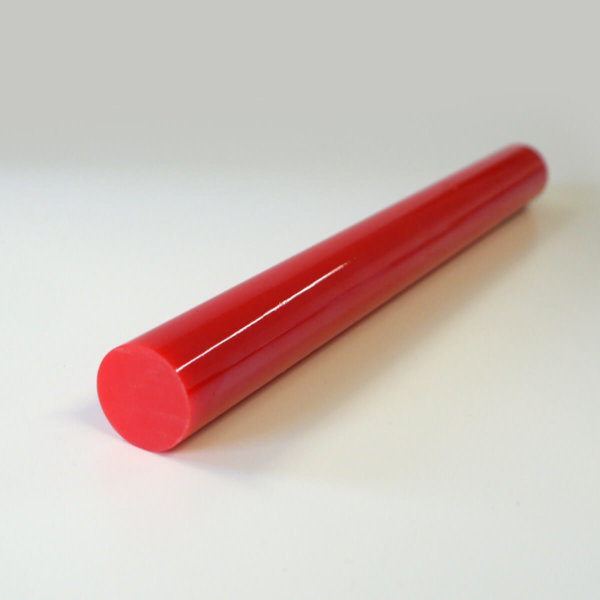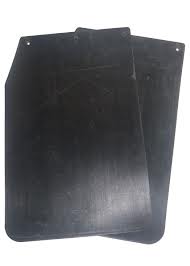The steps involved in water jet product manufacturing may seem obvious. It’s a non-thermal cutting method involving high-pressure water. We explore subtle insights from industry insiders.
The main reason to seek out water jet product manufacturing services is often that this is a cold-cutting process. The absence of heat can make a huge difference to the integrity and finish of the objects being cut.
It is also an accurate, inexpensive, fast and incredibly versatile precision engineering process, with important sustainability advantages.
The possibilities of custom water jet cutting are incredibly diverse, and ‘cut’ across many industrial sectors too.
What is possibly less understood, is that there are two types of relevant technology involved, and two crucially different options. Though both can be employed to create a flawlessly finished, 100% reliable part, different tasks rely on either water jet cutting or abrasive water jet cutting.
What’s used for abrasive water jet projects?
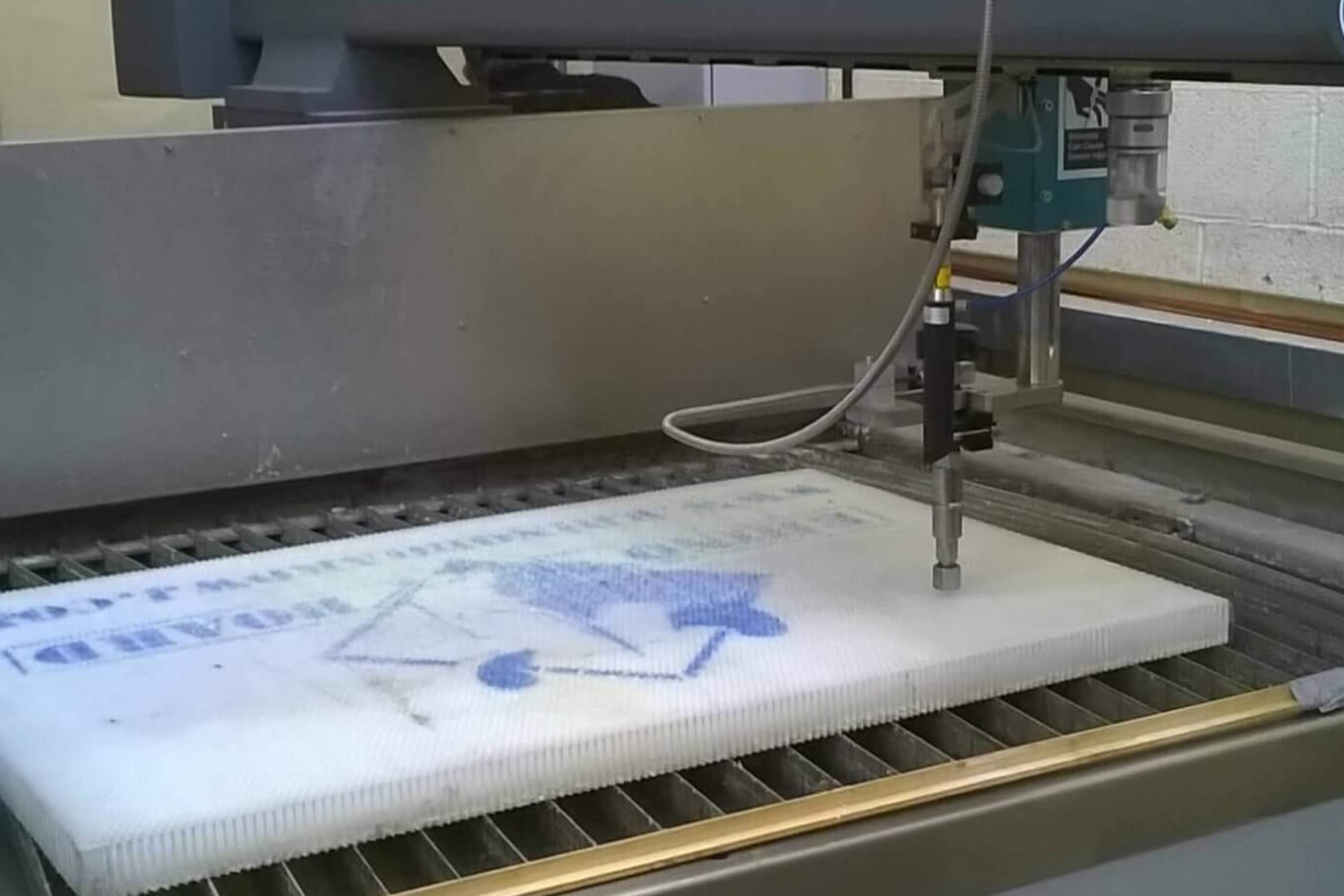
Sometimes, carefully controlled and highly pressurised water streams are not enough to get the desired result when cutting materials such as thicker or denser metals. That requires that you find specialists in the abrasive water jet cutting process, like us.
The benefits of adding a carefully selected abrasive component to water et streams are multifold but primarily involve successfully shaping harder materials like metal and stone. It is also a way of moderating the water jet cutting process to tackle less stable materials such as ceramics and tempered glass.
The technology used involves the usual high-pressure water inlet and cutting water jet, but also an abrasive inlet and a mixing chamber that sits above the jet head.
The types of abrasives used in the process vary according to the spec goals. For example, garnet, aluminium oxide, and grit are sometimes involved. The thicker and denser the source material is, the higher the concentration of abrasives to water that is required.
The technical skills involved also rely on adjusting not just the type and density of the ‘mix’ but also how fast the abrasives/water combination is delivered to get the best result. The outcome would still be a pristine surface on the cut, without any warping, flaking or scratching that can occur with alternative cutting methods.
Related article: 5 things you need to know about our water jet cutting services
Starting point of commissioning cutting processes
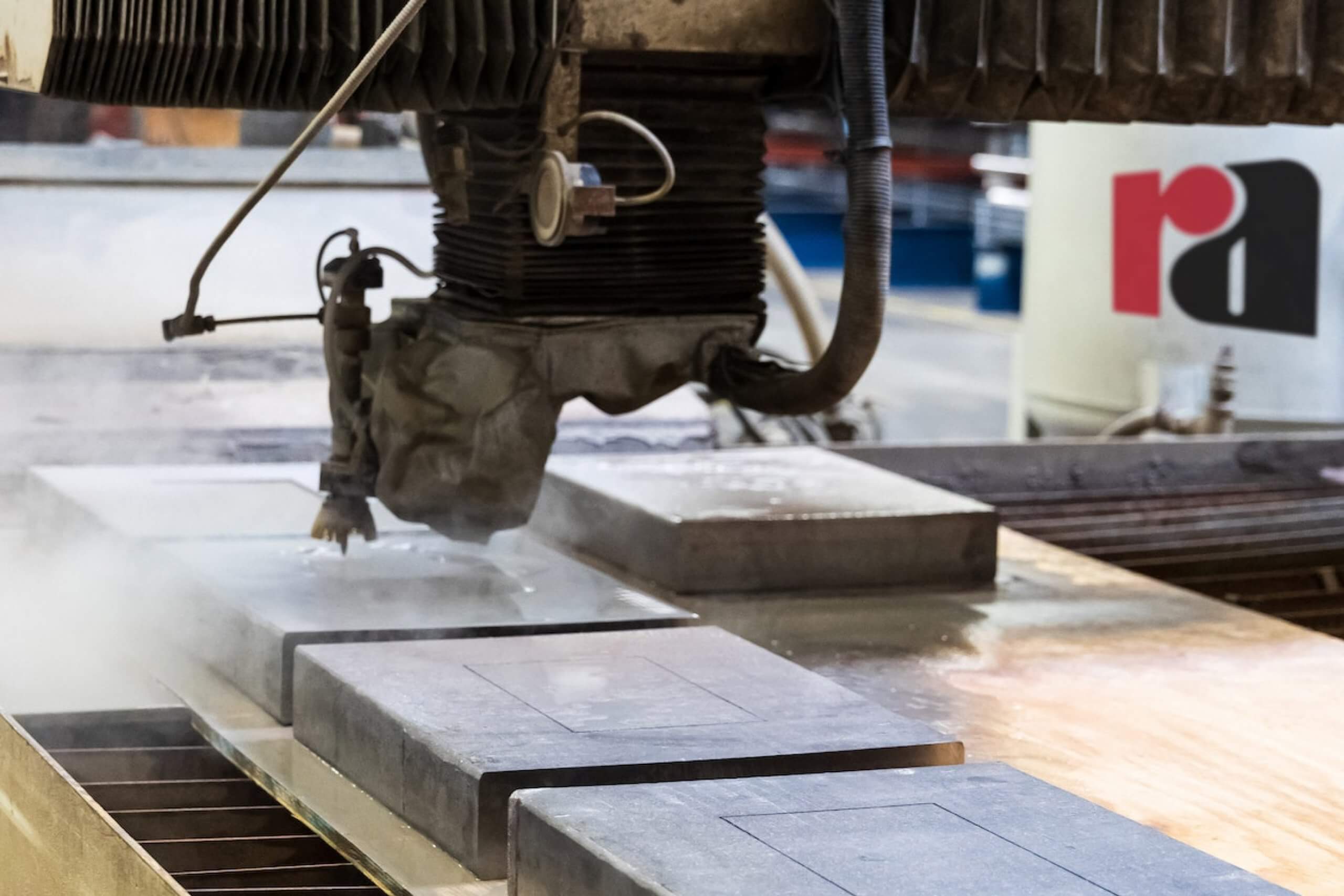
Cutting stream control – and knowing the abrasive types and formulas that work best – is clearly a job for the experts. They can also tell you when a more straightforward water jet cutter would suffice, for shaping foam, card and thin plastics, and wood for example.
Having established the main reasons for the use of abrasives in a water jet cutting process, the next question is whether specifiers need to supply different technical briefs.
In fact, all water jet cutting projects can be based on the same range of technical drawings and data files. The latest water jet cutting equipment relies on CNC technology for designs, and should always be compatible with commonly used formats such as DXF, DWG, IGS, CADKEY, CDL, and HPL files.
Control over the part detailing
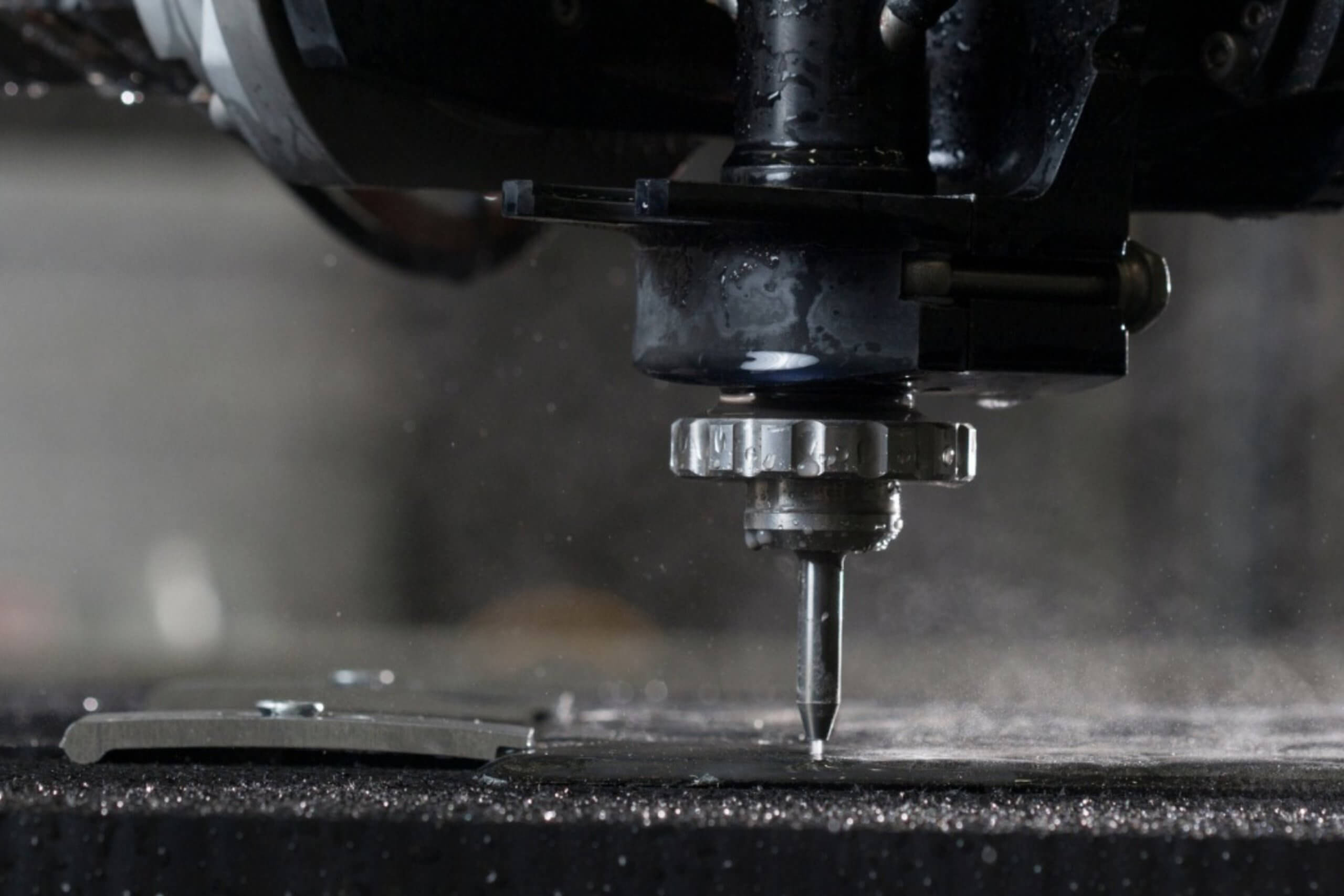
Once the basic spec is in place, the specialist engineering company and client need to liaison on a more detailed set of part goals.
For instance, you could commission a complete, finished part that has been cut according to a highly detailed brief, including intricate detailing. Or, you could commission a semi-finished part, or near-net-shape blank part, as preparation for further tooling and finishing stages.
Also read: Top industrial applications for water jet cutting
Find UK water jet product manufacturing experts
A key advantage of using water jet technology for precision engineering parts is that it is inexpensive and fast. This applies equally well when abrasives need to be added to facilitate the flawless shaping of an even wider range of materials.
Our water jet cutting services involve meeting often highly specialist and technically detailed briefs.
How is that possible? The Custom Moulded Polyurethane team regularly needs to shape and detail PU in a wide range of shore hardness, delivering 100% accuracy and quality control, 100% of the time.
This has ensured that we have the latest equipment and skills to provide abrasive water jet cutting, and we are delighted to share these with anyone who needs to commission precision cutting services.
Want to find out how much it will cost to make your products?

